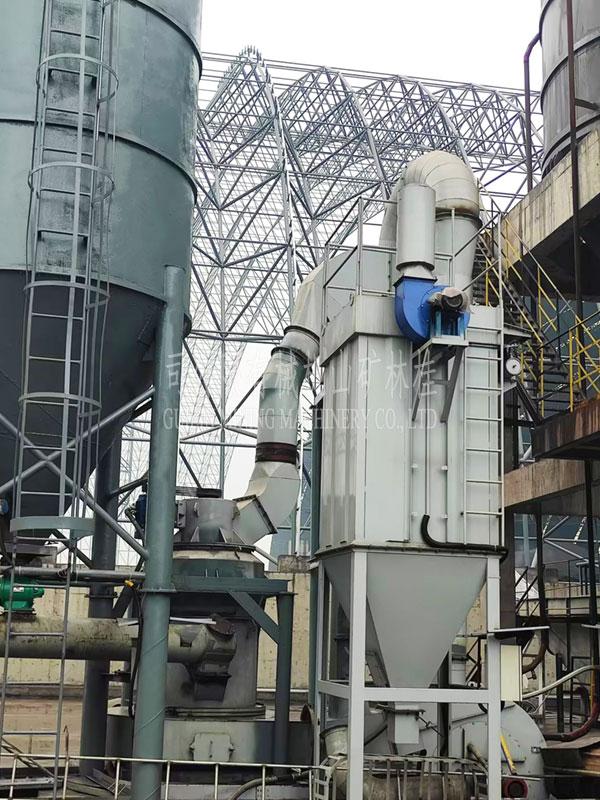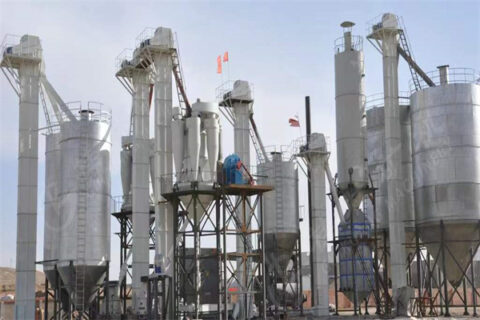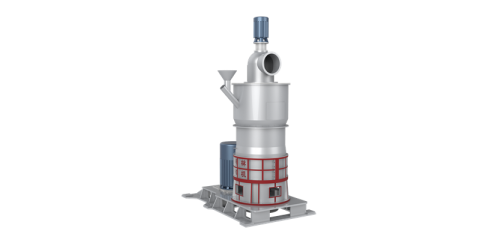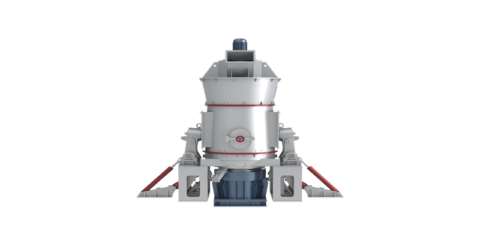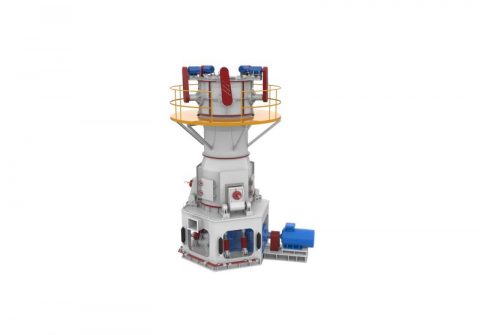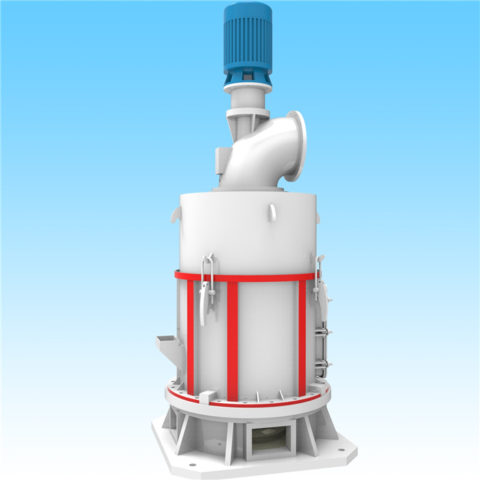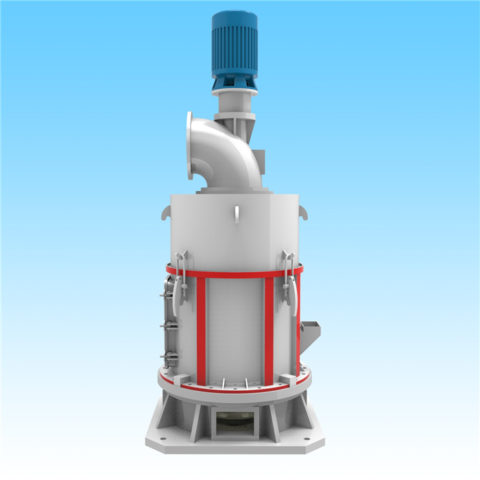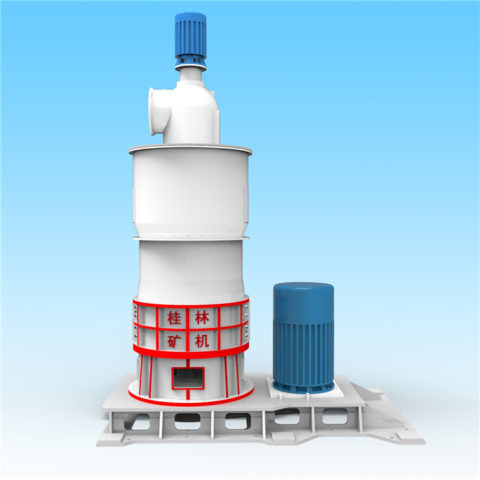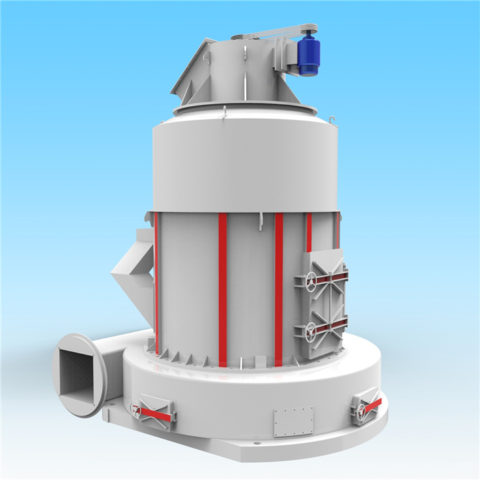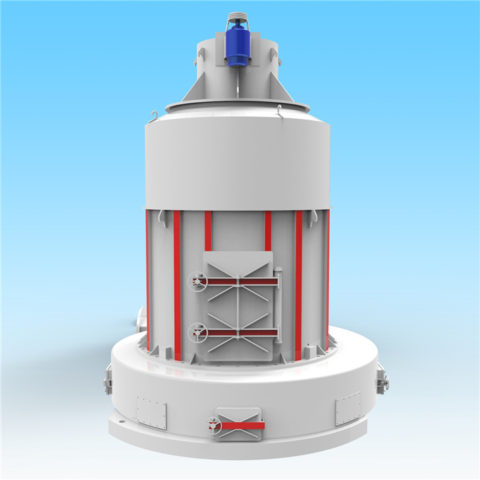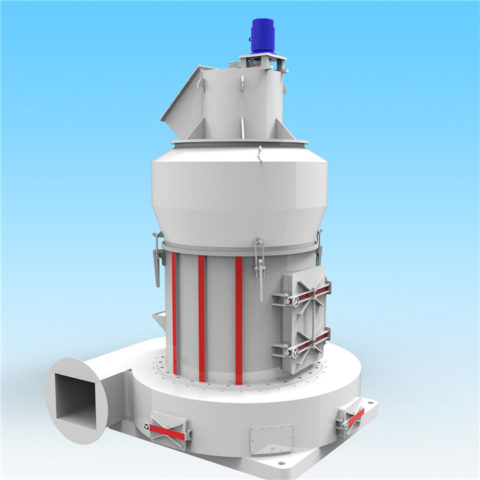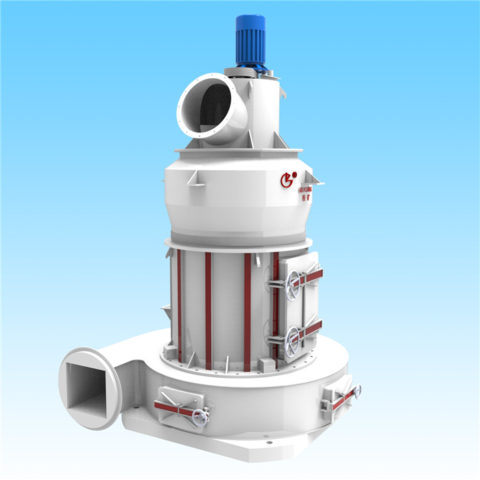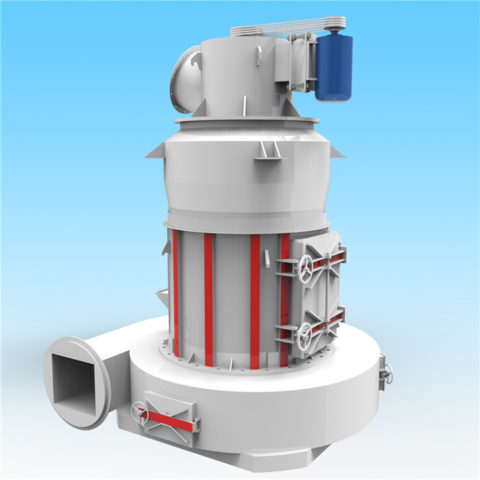Limestone, a sedimentary rock composed primarily of calcium carbonate (CaCO₃), is one of the most versatile and widely utilized natural resources globally. Its applications span industries ranging from construction to environmental management, agriculture, and advanced manufacturing. Below, we explore the diverse uses of limestone, emphasizing its critical role in modern industrial and ecological systems.
1. Construction & Building Materials
As the backbone of the construction industry, limestone is indispensable.
Cement Production: Approximately 70% of global limestone consumption is dedicated to cement manufacturing. When calcined at high temperatures (1,450°C), limestone decomposes into lime (CaO), which reacts with silica, alumina, and iron oxides to form Portland cement clinker. For instance, producing 1 ton of cement requires ~1.5 tons of limestone. Modern vertical roller mills (e.g., GuiKUANG’s 4R3220 Raymond Mill) enhance grinding efficiency, achieving 30% higher output than traditional ball mills while reducing energy consumption by 15-20%.
Concrete Aggregates: Crushed limestone serves as a cost-effective, durable aggregate in concrete, improving compressive strength (typically 25-40 MPa) and workability. Its angular particle structure enhances interlocking in mixtures.
Dimension Stone: Polished limestone slabs are favored for flooring, facades, and countertops due to their aesthetic appeal and thermal stability. Technologies like water-jet cutting enable precision shaping for architectural projects.
2. Metallurgical Industry
Limestone acts as a flux in metal smelting, optimizing process efficiency.
Iron & Steelmaking: In blast furnaces, limestone reacts with impurities (e.g., silica, alumina) to form slag, which is then removed. For every ton of steel produced, 50-100 kg of limestone is consumed. High-purity limestone (>95% CaCO₃) minimizes sulfur content, critical for premium-grade steel.
Aluminum Refining: Limestone neutralizes caustic soda in bauxite processing, facilitating alumina extraction. Advanced grinding systems ensure particle size uniformity (<45 μm), accelerating chemical reactions. 3. Environmental Protection Limestone is a cornerstone of pollution control and ecosystem restoration. Flue Gas Desulfurization (FGD): Coal-fired power plants use limestone slurry to absorb sulfur dioxide (SO₂), achieving 95%+ removal efficiency. The reaction equation: 2 CaCO₃ + 2 SO₂ + O₂ → 2 CaSO₄ + 2 CO₂ GuiKUANG’s ultrafine mills (e.g., 5R4128 model) produce limestone powder with D97 ≤ 10 μm, maximizing SO₂ absorption surface area. Water Treatment: Limestone neutralizes acidic wastewater (pH <5) from mining or industrial processes. Its controlled dissolution (5-20 g/L dosage) raises pH to 6.5-8.5, precipitating heavy metals like lead and cadmium. Soil Remediation: Agricultural limestone (ag-lime) counteracts soil acidity, boosting crop yields by 20-50% in regions with pH <5.5. Precision grinding ensures 80-90% of particles pass 150 mesh, enabling rapid soil penetration. 4. Chemical & Industrial Manufacturing Limestone derivatives underpin countless chemical processes. Calcium Oxide (Quicklime): Produced by calcining limestone (CaCO₃ → CaO + CO₂), quicklime is vital for glassmaking, paper bleaching, and sugar refining. Rotary kilns with heat recovery systems achieve 30% lower CO₂ emissions. Precipitated Calcium Carbonate (PCC): Ultrafine PCC (0.5-2 μm), synthesized from purified limestone, enhances paper opacity, plastic tensile strength, and pharmaceutical tablet cohesion. Nano-grade PCC (100-300 nm) is used in high-performance coatings. Soda Ash Production: The Solvay process combines limestone, salt, and ammonia to produce sodium carbonate, essential for detergents and glass. 5. Agriculture & Animal Husbandry Animal Feed Additive: Limestone powder (≥38% Ca) fortifies poultry and livestock feed, improving bone development and eggshell quality. Fine grinding (D90 ≤ 75 μm) ensures optimal digestibility. Fertilizer Carrier: Limestone granules (1-3 mm) serve as pH-stable carriers for NPK fertilizers, preventing nutrient leaching. Challenges & Innovations While limestone is abundant, sustainable extraction and processing remain priorities. Technologies like GuiKUANG’s AI-powered grinding systems reduce over-processing waste by 18%, and closed-circuit dust collectors (efficiency >99.9%) minimize particulate emissions. Hybrid renewable energy integration in quarries further slashes carbon footprints.
Conclusion
From skyscrapers to sustainable ecosystems, limestone’s adaptability and cost-efficiency make it irreplaceable. As industries prioritize circular economies, advancements in processing technology—exemplified by innovators like GuiKUANG—will continue unlocking new applications while mitigating environmental impacts. For enterprises seeking reliable limestone processing solutions, partnering with certified, tech-driven manufacturers ensures compliance, efficiency, and long-term competitiveness.
